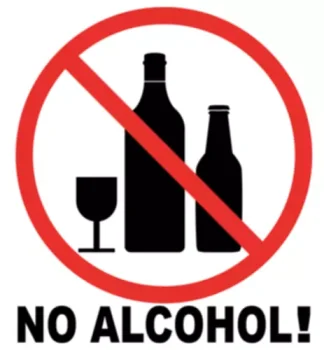Effects of Performance-Enhancing Drugs

Additional studies have reported increased sensitivity to cocaine (84) and amphetamine (85) in rats exposed to high doses of AAS. Thus, AASs may induce effects on the brain reward system that may render individuals susceptible to other drugs of abuse. The primary medical use of these compounds vary, but include treatment of cancer or aiding those born prematurely. The presence of an abnormal concentration of a hormone, its metabolites, relevant ratios, or markers in your sample is deemed to contain a prohibited substance unless you can demonstrate the concentration was due to a physiological or pathological condition.
Health Effects of Doping Sport Integrity Australia

Gene doping refers to the use of nucleic acid sequences (delivered either as naked DNA or through viral vectors) and/or normal or genetically modified cells to enhance sports performance (385, 404, 405). Gene doping has not been detected in any sports event to date, although many experts have predicted that gene doping will become a reality in the near future (385, 404,–408). Currently, it remains a theoretical but plausible threat in competitive sports, but because of its complexity and expense, gene doping is unlikely to be easily accessible to nonathlete weightlifters or to become a major public health problem in the near future. Insulin is purportedly a PED, but most information on illicit insulin use is anecdotal. Athletes and nonathletes often use it after heavy workouts to enhance recovery.
What types of drugs are used to enhance performance?
- However, different steroids may exhibit different potency in this regard (231, 232).
- Any substance that augments a subject’s physical activity or affects their arousal level and perception of pain and related sensations is considered a performance-enhancing drug (PED).
- Furthermore, athletes (or athletic programs) taking explicit measures to evade detection exacerbate the ethical violation with overt deception and cheating.
- The findings are particularly relevant, as Mündel’s previous research has shown a high rate of nicotine use among elite athletes.
One qualitative study with cyclists that has engaged with the risk environment framework looked specifically at the issues of employment and labour precariousness as factors that may lead to doping (Aubel & Ohl, 2014). This study found that the structure of employment and working conditions could be addressed in ways to reduce risk as a preventative measure against doping. A second doping study surveyed Danish elite athletes about their views on PEDs and methods (Overbye, 2018). Rather than focusing on the negative effects of drugs in sport contours of a sport risk environment, this quantitative study took the risk environment as a jumping off point to argue that prohibited substances should be divided into those that produce social harms and those that produce individual harms (Overbye, 2018). Although both studies have merits, neither gives a full picture of what a sport risk environment looks like across micro and macro levels, nor do they engage with enabling factors or delineate ways enabling environments may be produced within sport.
Endocrine System: Glands and Hormones
This information is provided as an educational service and is not intended to serve as medical advice. Anyone seeking specific orthopaedic advice or assistance should consult his or her orthopaedic surgeon, or locate one in your area through the AAOS Find an Orthopaedist program on this website. https://ecosoberhouse.com/article/kudzu-extract-and-alcohol-addiction-can-it-help-you-drink-less/ On 22 October 2012 Lance Armstrong was officially stripped of his Tour de France titles since 1 August 1998.[187] As a response to the decisions of the USADA and UCI, Armstrong resigned from the Lance Armstrong Foundation.[188] He later admitted to doping in an interview with Oprah Winfrey.

Prevalence of Substance Abuse in Sport

Studies have used experimental animal models to better understand the relationship between and AAS use and competitive behavior under various conditions. For instance, researchers have studied competition and locomotor activity response to a sedative dose of ethanol after AAS exposure in rats (240). The rats treated with AASs exhibited enhanced dominant behavior in the competition test compared with controls. Ethanol did not affect the AAS groups’ locomotor activity, whereas the controls showed decreased locomotor activity.
Is There An Actual Home Field Advantage When A Sports Team Plays In Their Home Stadium?
- In this view, health promotion is achieved by prohibiting athletes from using substances for which ‘medical or other scientific evidence, pharmacological effect or experience that the Use of the substance or method represents an actual or potential health risk to the Athlete’ (WADA, 2019, p.30).
- This directly relates to economic risks, as income or sponsorships tied to performance present a fertile atmosphere for pushing doping boundaries.
- Androgens include exogenous testosterone, synthetic androgens (eg, danazol, nandrolone, stanozolol), androgen precursors (eg, androstenedione, dehydroepiandrosterone), selective androgen receptor modulators, and other forms of androgen stimulation.
- The latest study, published in the Journal of Applied Physiology, by Brock University Kinesiology Professor Toby Mündel, conducted alongside an international research team, comes just days before the opening ceremonies of the Paris 2024 Summer Olympics.
- The detection of synthetic anabolic steroids by gas chromatography/mass spectrometry began in the mid 1980s (361,–363).
- Athletes and nonathlete weightlifters take AASs orally, transdermally, or by im injection; however, the most popular mode is the im route.
